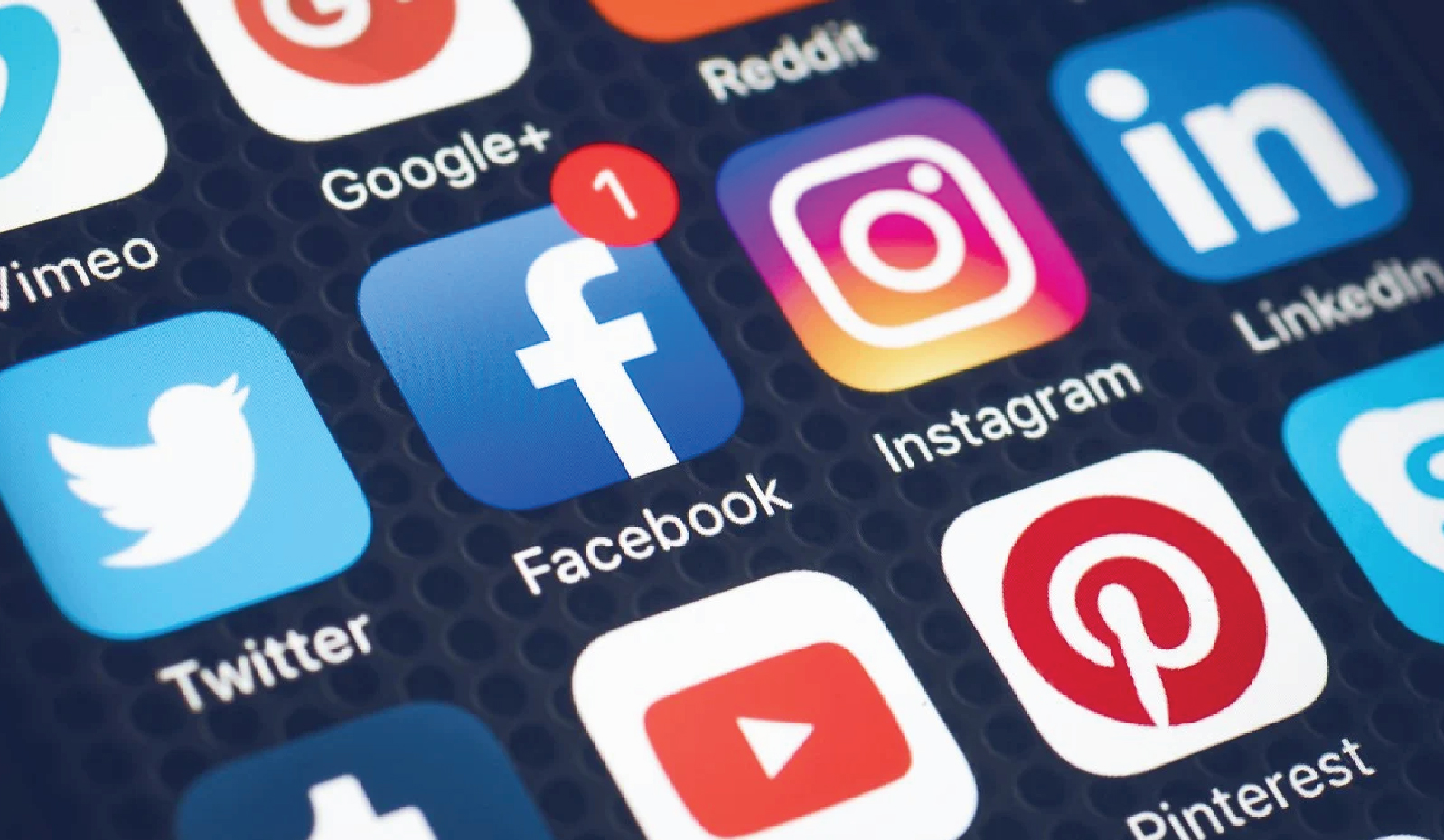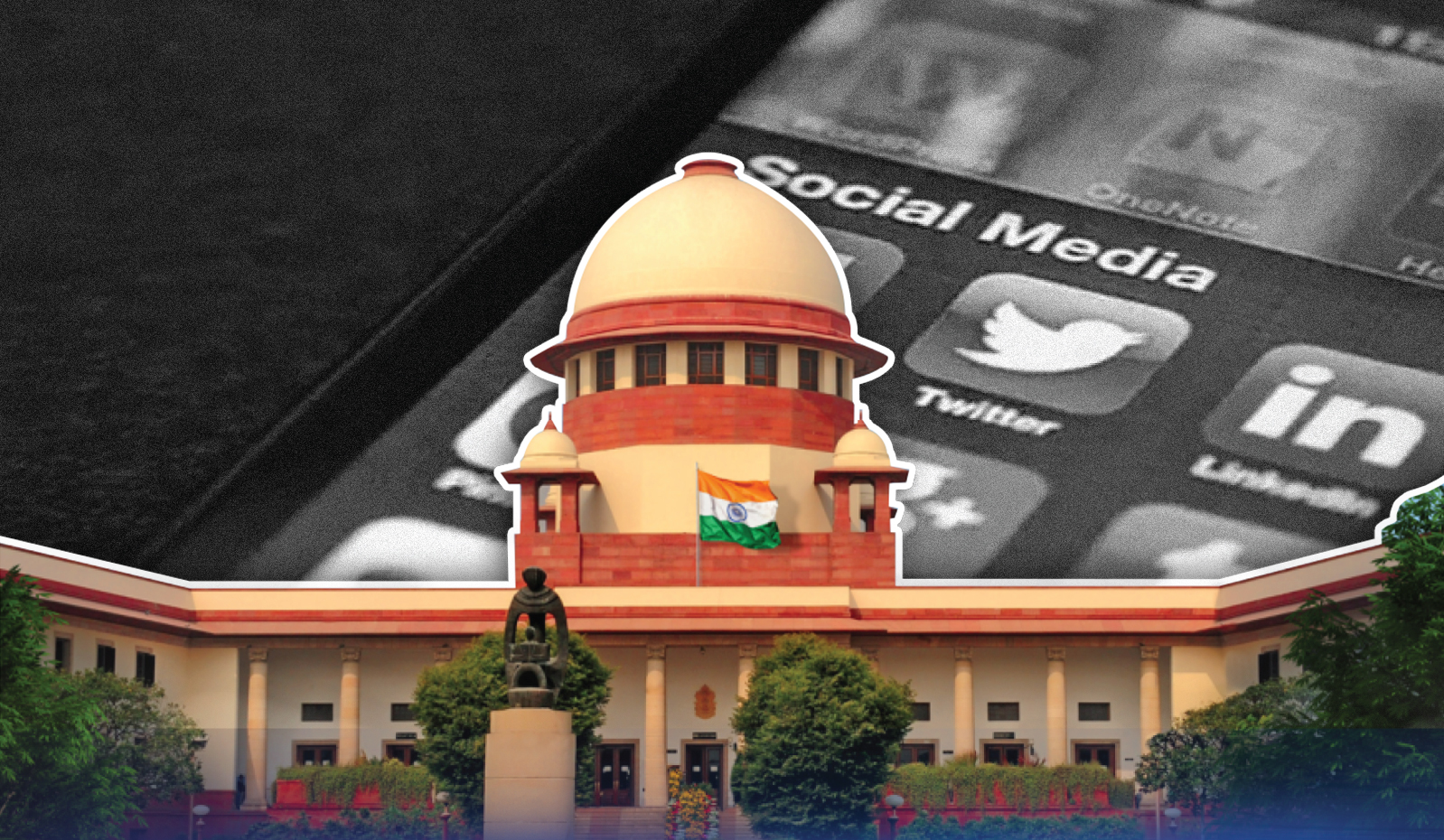Introduction
The digital world has witnessed exponential rise of "social media influencers who become famous through their digital content on social media. These influencers are increasingly playing a significant role in shaping our opinions, consumer's interests and purchasing decisions and influence our notion of fashion, health, and music.
What is Social Influence and Persuasion?
- Social influence is the process by which individuals adapt their opinion, revise their beliefs, or change their behaviour as a result of social interactions with others.
- An influencer is a person who has an audience that they entertain through a channel and who uses blogs, posts, tweets, and other methods on social media to impact the audience. Social media influencers are influential individuals who engage a large following to boost online engagement for endorsed products or services, often using a trusted audience.
- Features: based on broader social norms, often unintentional and implicit, non-verbal, based on power, status, reputation, resources
- Major types:-
- Conformity: - Behaviour change designed to match the actions of others. E.g. selecting clothes to match what other people are wearing.
- Compliance: - Behaviour change that occurs as a result of direct request. E.g. a child cleaning up his/her room as per parent's request.
- Obedience: - Change in behaviour in response to a direct order from an authority figure. E.g. signing of a letter when asked by a teacher
- Persuasion on the other hand refers to efforts to change another person's beliefs, attitude, behaviour or preferences in receivers conforming to intentional efforts by a communicator.
- Features: mostly intentional, explicit and verbal, based on ideas of perceived friendship through similarities in language and interests
- Principles: reciprocity, consistency, social proof, authority, liking, scarcity, and unity.
- Techniques used: eye-catching photos and videos, interesting stories, social proof, and the promotion of positive social norms.
Stakeholders | Role/Interests |
Citizens | Virtual social connectivity, quality digital services, entertainment, self-expression, data protection and privacy, job opportunities(e.g. content creation) |
Society | Social cohesion, Democratic public discourse, addressing of misinformation and disinformation |
Market | Fair competition, economic growth by digital economy, data-driven business insights |
Government | Protect consumer interests without hindering creativity and business, level playing field, maintaining national security, addressing misinformation and disinformation |
Social Media | Quality service delivery, Increased customer base, user engagement and retention |
Influencers | Creative freedom, monetization of personal brand, manage public image and reputation, , leveraging partnerships with advertisers and brands |
How Social Media and influencers are ushering progressive Social Influence and Persuasion?
- Progressive social norms: Influencers through social media share uplifting and empowering content and also amplifies voice of marginalized communities. E.g. Black Lives Matter, Me-too Campaign
- Influencers as a new marketing channel: They enhance brand credibility, help in purchase intention through collaborations and cross-promotion.
- Promoting Inclusivity and Diversity: Influencers often champion inclusivity by representing diverse communities and challenging stereotypes
- Democratisation of information: E.g. news in regional languages, updates on twitter by government officials and leaders.
- Karnataka Digital Advertising Guidelines – 2024 and Uttar Pradesh Digital Media Policy 2024 allows for advertisement to social media influencers to disseminate information of government policies and schemes.
Psychological Constructs Used by Digital Influencers
|
Harmful impact of Social Media and influencers
- Spread of Misinformation and Disinformation: Influencers intentionally/unintentionally often spread misinformation. This may hampers the decision making process and has negative impact on democratic processes such as elections.
- Mental Health Issues: Self comparisons with unrealistic beauty standards, distorted view of reality contributes to mental health issues such as depression and anxiety.
- Moreover, culture of Instagram and Youtube reels are leading to decreased attention span and productivity contributing leading to less self-esteem.
- Impact on children: Social media addiction, especially among teens, hinders productivity, physical health, and interpersonal relationship development.
- Radicalisation: Extremists often use social media platforms as weapons of mass persuasions to propagate radical ideologies among vulnerable individuals. E.g. online radicalisation by Islamic State.
- Threat to Branding: Influencers can use fear appeals and misleading content to sell irrelevant or defective products, posing a threat to reputable brands, potentially causing negative customer attitudes and severe reputational damage.
Steps to be taken
- Digital influencer marketing guidelines: Proper endorsement guidelines in the form of "Endorsement Know-Hows" should be prescribed for influencers requiring clear, prominent, and hard-to-miss disclosures including terms such as "advertisement," "sponsored," "collaboration," or "paid promotion."
- Increased Awareness and Education: The psychological tactics used by influencers should be made aware to the consumers to take informed decisions.
- The question of "whether influencers are truly experts?" should be raised through a critical thinking process.
- Anti-Radicalisation Narratives: Strategies to challenge extremist narratives include producing counter-contents, blocking or censoring extremist content, controlling information flow, and manipulating search engine results to control radicalization and extremism.
- Limited Screen time for Children and Teenagers: E.g. Swedish health authorities have issued new recommendations to restrict screen time for children and adolescents.
India's Rules and Responsibilities
|
Check your Ethical AptitudeIn recent years, the exponential growth of social media platforms has led to the emergence of a new category of public figures known as "social media influencers." These individuals have gained significant followings through their digital content on platforms such as YouTube, Instagram, and Facebook. Their influence extends to shaping public opinions, consumer interests, and purchasing decisions across various domains including fashion, health, and music. On the basis of the above case study -
|






